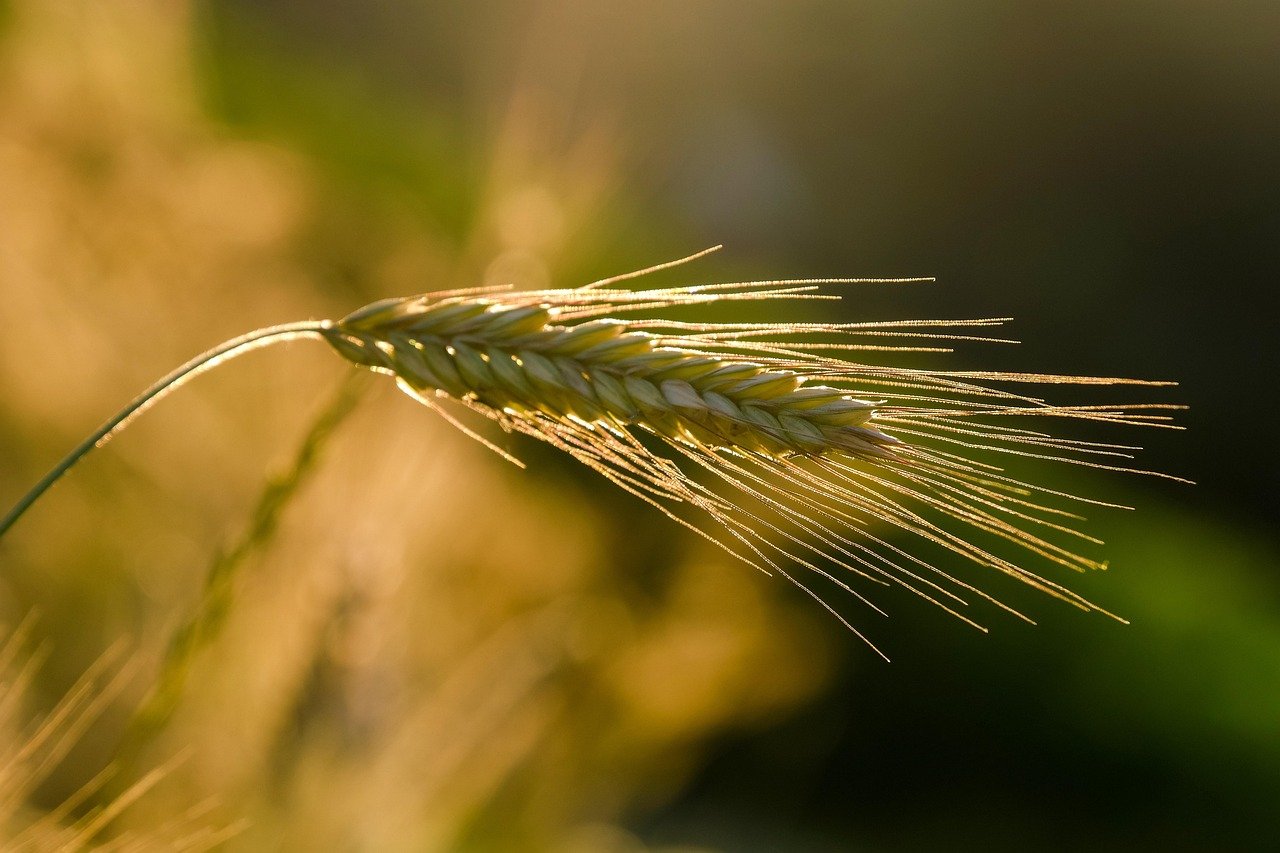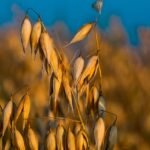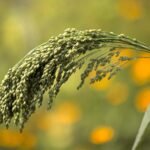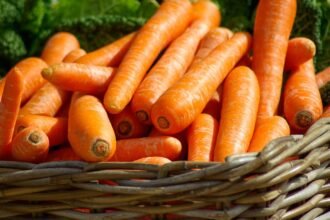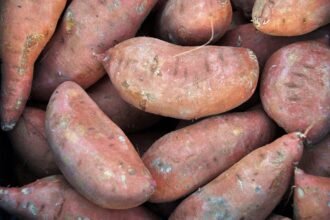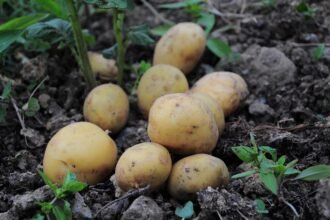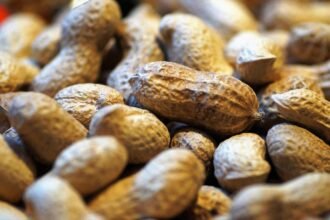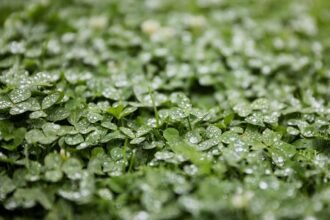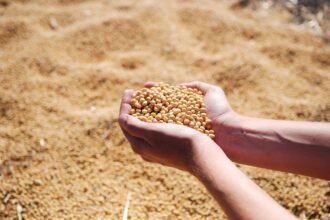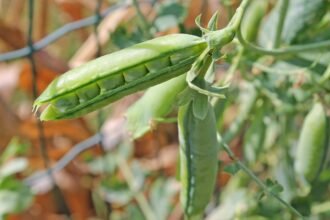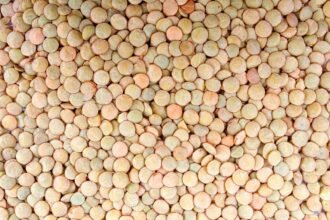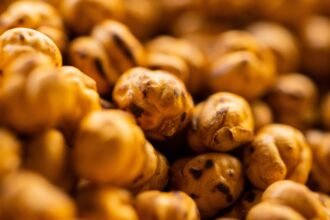Rye is a hardy cereal crop that is typically grown for its grain, which is used for food products, livestock feed, and even for making rye whiskey and beer. Rye has a unique place in agriculture due to its ability to thrive in poor soils and its resistance to colder climates. Proper technical management of rye cultivation is essential to achieve optimal yields and quality. This guide covers the critical steps involved in rye farming, including soil preparation, planting techniques, pest management, irrigation, and harvest practices.
1. Soil Preparation and Fertility Management
Rye is a hardy crop that can grow in a wide range of soil conditions, including poor, acidic, and even sandy soils. However, for maximum yield and quality, proper soil preparation and fertility management are key.
Key steps:
- Soil Testing: Conduct soil tests before planting to determine nutrient levels and pH. Rye grows best in slightly acidic to neutral soil, with a pH range of 5.5 to 7.0. If the soil is too acidic, apply lime to raise the pH.
- Tillage: Rye grows well in soils that are not heavily compacted. Therefore, tillage should be used to break up compacted soil and create a well-drained seedbed. Plowing to a depth of 15–20 cm is typically recommended, followed by harrowing to break down clods.
- Fertilization: Rye is moderately nutrient-demanding. Apply a balanced fertilizer with nitrogen (N), phosphorus (P), and potassium (K). Rye has a high nitrogen requirement, particularly during the early growth stages, but excessive nitrogen can lead to excessive vegetative growth and lodging.
- Organic Matter: Incorporating organic materials like compost or green manure can improve soil structure, water retention, and nutrient availability, which is especially important in low-fertility soils.
2. Selecting the Right Rye Variety
Choosing the right rye variety is crucial to ensure good yields and resistance to local pests and diseases. Rye varieties can be broadly classified into two categories:
- Winter Rye: Planted in the fall and grown through the winter, this variety is typically more resistant to cold and frost. Winter rye is ideal for regions with harsh winters.
- Spring Rye: Planted in the spring and harvested by late summer or early fall. Spring rye is well-suited for areas with milder winters and a shorter growing season.
When choosing a rye variety, consider factors such as the local climate, soil conditions, and the intended use (e.g., for food, feed, or cover crop).
3. Planting and Sowing Techniques
Proper planting techniques ensure optimal seed germination and growth. Rye can be planted using various methods depending on the type of farm and available equipment.
- Planting Time: For winter rye, sow seeds in late summer to early fall, typically 6–8 weeks before the first expected frost. For spring rye, sowing should take place in early spring as soon as soil conditions allow.
- Sowing Depth: Plant rye seeds at a depth of 2–4 cm (0.8–1.6 inches). Shallow planting may expose the seeds to drying, while deep planting can delay germination.
- Row Spacing: Space rows about 18–25 cm (7–10 inches) apart. Rye can be planted at higher densities than other cereals, but too many plants per hectare can cause crowding and competition for nutrients.
- Seed Rate: For rye, the typical seed rate is 100–150 kg per hectare, depending on the variety and local conditions. Adjust the seeding rate for better plant establishment and uniform growth.
4. Water Management
Rye is a drought-tolerant crop and requires less water than many other cereal grains, but water management remains crucial for ensuring optimal growth and yield.
- Water Requirements: Rye generally requires adequate moisture during germination, heading, and grain filling. However, it is more tolerant of dry conditions than wheat or barley, making it suitable for areas with irregular rainfall.
- Rain-fed vs. Irrigated Systems: Rye is often grown in rain-fed conditions in regions with moderate rainfall. However, if rainfall is insufficient, supplemental irrigation may be required, especially during key stages like grain filling.
- Irrigation: If irrigation is necessary, use efficient systems like sprinkler or drip irrigation to reduce water wastage. Ensure that the soil remains moist but avoid waterlogging, as rye is susceptible to root diseases in overly wet conditions.
5. Nutrient Management
Rye has moderate nutrient requirements, with nitrogen being the most important nutrient for its growth. Proper fertilization management is necessary to support plant development and maximize yield.
- Nitrogen Fertilization: Rye benefits from nitrogen applied in split doses—at planting and at the tillering or stem elongation stages. Too much nitrogen at planting can result in excessive vegetative growth, while insufficient nitrogen may result in poor grain formation.
- Phosphorus and Potassium: Apply phosphorus at planting to promote root development, and potassium during the later stages to enhance plant health and grain filling.
- Micronutrients: Rye generally does not have high demands for micronutrients but ensure adequate levels of sulfur, zinc, and manganese, especially in soils that are prone to deficiencies.
6. Weed Control
Weeds can significantly reduce rye yields by competing for nutrients, light, and water. Effective weed management is crucial during the early stages of rye growth.
- Pre-emergence Herbicides: Apply herbicides before the rye emerges to control weed growth. This is especially useful for managing grass weeds that may compete with rye.
- Post-emergence Herbicides: After rye has emerged, use selective herbicides to control broadleaf weeds while protecting the rye plants.
- Manual Weeding: For small-scale operations, manual weeding may be necessary, especially in the early stages of growth.
- Crop Rotation: Rotate rye with other crops to break the weed cycle and reduce pressure from perennial weeds.
7. Pest and Disease Management
Rye is susceptible to various pests and diseases that can affect its growth and yield.
Common Pests:
- Rye Borer: This insect can damage rye stems and reduce yield. Use insecticides or natural predators to manage its population.
- Aphids: Aphids can transmit viruses like the cereal yellow dwarf virus (CYDV) to rye. Control aphid populations with insecticides or by encouraging beneficial insects like ladybugs.
Common Diseases:
- Cereal Rusts: Rye is susceptible to rust diseases like leaf rust and stem rust. Use resistant varieties and fungicides to manage rust infections.
- Fusarium Head Blight: This fungal disease affects the rye head and can cause contamination of the grain. Rotate crops and use fungicides to control Fusarium.
- Powdery Mildew: This fungal disease thrives in cool, damp conditions and can weaken rye plants. Use fungicides and resistant varieties to control this disease.
- Integrated Pest Management (IPM): Use IPM strategies, such as biological control, crop rotation, and resistant varieties, to effectively manage pests and diseases.
8. Harvesting and Post-Harvest Handling
Proper harvesting and post-harvest management are essential to preserving the quality and quantity of rye grain.
- Harvest Timing: Rye should be harvested when the grains are fully mature and the moisture content is around 12–14%. Harvesting too early may result in immature grain, while delayed harvesting can lead to grain loss and reduced quality.
- Mechanical Harvesting: Use combine harvesters to efficiently harvest rye. This reduces labor costs and minimizes damage to the grain.
- Drying: After harvesting, dry rye to reduce the moisture content to about 12–13%. This prevents spoilage and extends the shelf life of the grain.
- Storage: Store rye in a cool, dry place in airtight containers or silos to protect it from moisture, pests, and spoilage.
9. Sustainable Rye Farming Practices
Sustainable farming practices are becoming more critical in modern agriculture. Rye is considered an environmentally friendly crop due to its minimal need for fertilizers and pesticides.
- Soil Conservation: Use conservation tillage practices to reduce soil erosion, improve soil health, and maintain moisture.
- Crop Rotation: Rotate rye with other crops like legumes or brassicas to improve soil fertility, reduce pest pressure, and break disease cycles.
- Water Conservation: Use water-efficient irrigation systems and practice rainwater harvesting to minimize water wastage.
Conclusion
Rye is a versatile and resilient crop that can thrive in challenging conditions. Proper technical management in terms of soil preparation, planting, pest and disease control, and water management is crucial to ensure high yields and quality. By following these best practices, rye farmers can maximize their productivity while maintaining sustainability and reducing environmental impacts.

